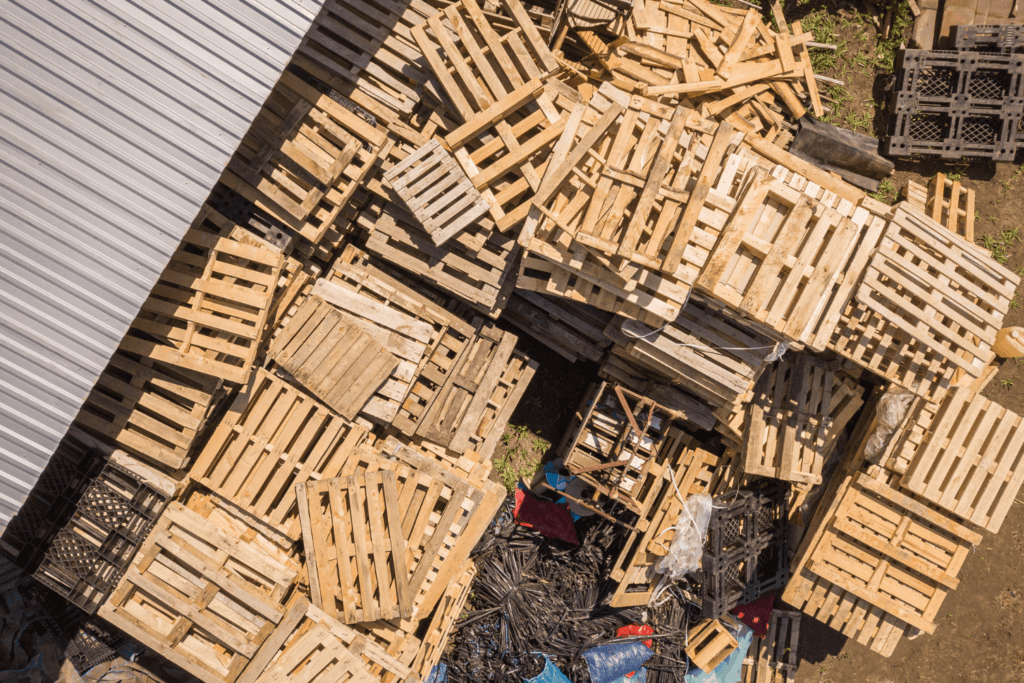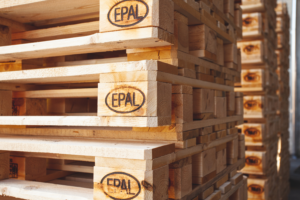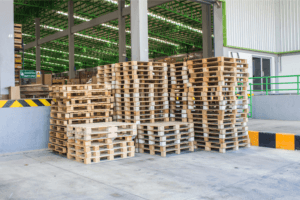A pallet audit provides comprehensive insight into the condition, compliance, load capacity, quality, and handling practices of pallets within a business.
By systematically reviewing these aspects, you can catch issues early, reduce costs, and streamline your logistics operations.
Each key aspect of a pallet audit is explored below.
How to Perform a Pallet Audit: A Complete Guide
Conducting a thorough pallet audit is essential for maintaining safety, compliance, and operational efficiency within logistics and warehousing.
Here is a detailed guide on how to conduct an effective pallet audit.
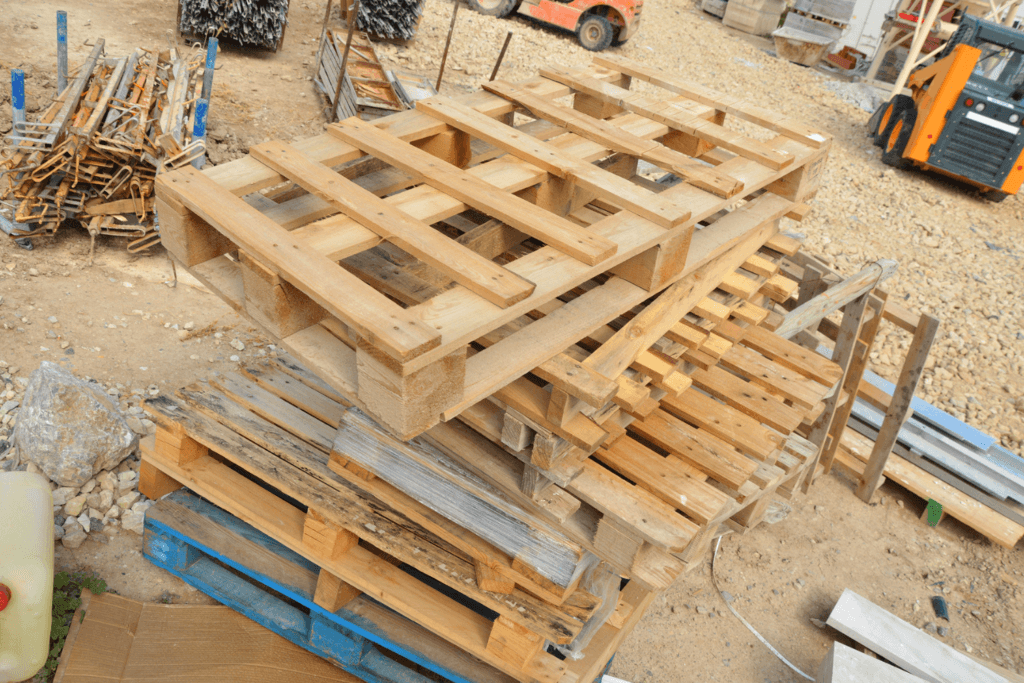
1. Choose Individuals with Knowledge of Pallets and Safety Standards to Conduct the Audit
Ideally, those conducting the pallet audit should have a strong understanding of pallet construction, safety standards, and handling practices.
This ensures that issues are identified accurately and evaluated based on industry standards.
2. Determine the Scope and Objectives of the Audit
Determining the scope and objectives of the pallet audit sets the foundation for a focused and efficient process.
The scope should cover areas like safety standards, regulatory compliance, and quality assurance, while the objectives might include reducing breakages or minimizing handling risks.
Clearly defining what you aim to achieve will allow you to concentrate on the most relevant aspects of the pallet inventory and prioritize actions based on critical needs.
3. Ensure You Have All the Tools Needed for the Audit
This can include items such as measurement tools for checking pallet dimensions, a flashlight for better visibility during inspection, and a camera to document any issues.
Having these tools on hand helps streamline the pallet audit process, allowing for a thorough and organized examination of each pallet.
Additionally, if the audit includes compliance checks, you may need documentation or reference materials to verify specific standards and certifications.
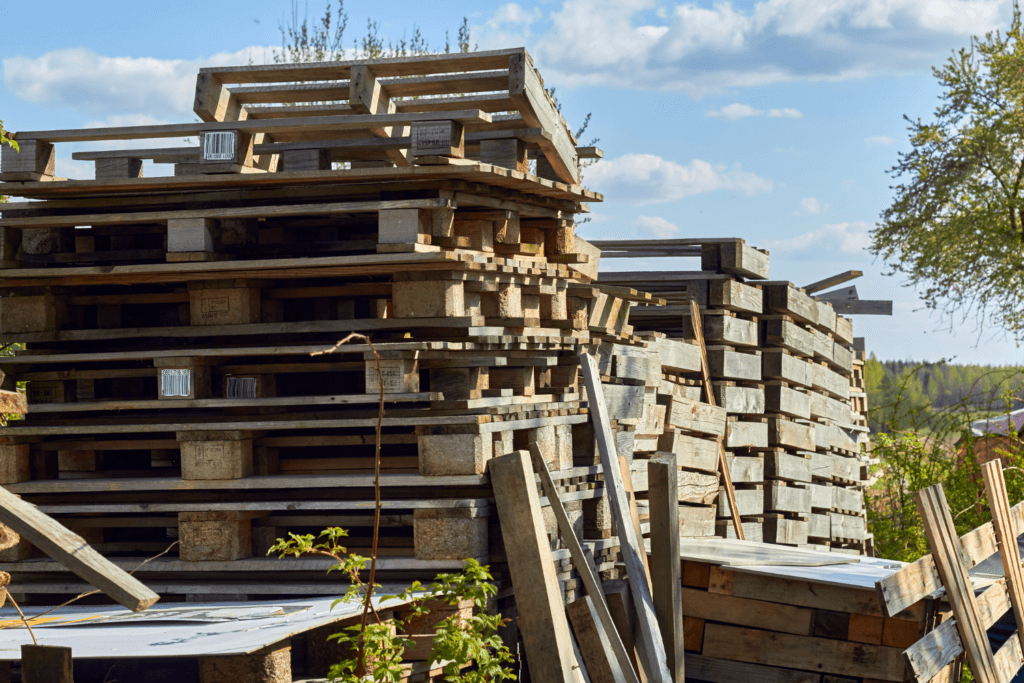
4. Examine Each Pallet for Visible Damage
Once preparations are complete, examine each pallet for visible damage.
This involves inspecting for cracks, splinters, missing boards, and any other structural compromises that could make the pallet unsafe or unstable.
Separate those in need of repair from those fit for immediate use. This reduces the chances of product damage or workplace accidents due to pallet failure.
5. Verify That Pallets Meet the Required Dimensions and Specifications
Pallets come in standard sizes, but some operations require custom dimensions for specific applications.
Ensure that each pallet meets size requirements to prevent logistical complications, such as difficulties with racking systems or transportation.
This also allows you to identify pallets that may not be suitable for use in certain parts of your facility. You can choose to dispose of them.
6. Ensure Pallets Are Clean and Free From Debris, Dirt, or Contaminants
Pallets that are dirty, covered in debris, or harboring contaminants can pose serious risks, especially in industries like food and pharmaceuticals.
The inspection might involve a visual check or even wiping down surfaces to confirm cleanliness.
7. Look for Signs of Pest Infestation
Checking for pest infestation is essential, especially if pallets are stored outdoors or in environments where pests might be present.
Those that show signs of pest damage, such as burrow holes or sawdust, may compromise the integrity of goods and may not comply with regulations for shipping or export.
Inspect each pallet for these signs to ensure your inventory is pest-free, protecting the health and safety of both products and workers.
If any infested pallets are identified, they should be isolated and treated or disposed of, depending on company policy and regulatory requirements.
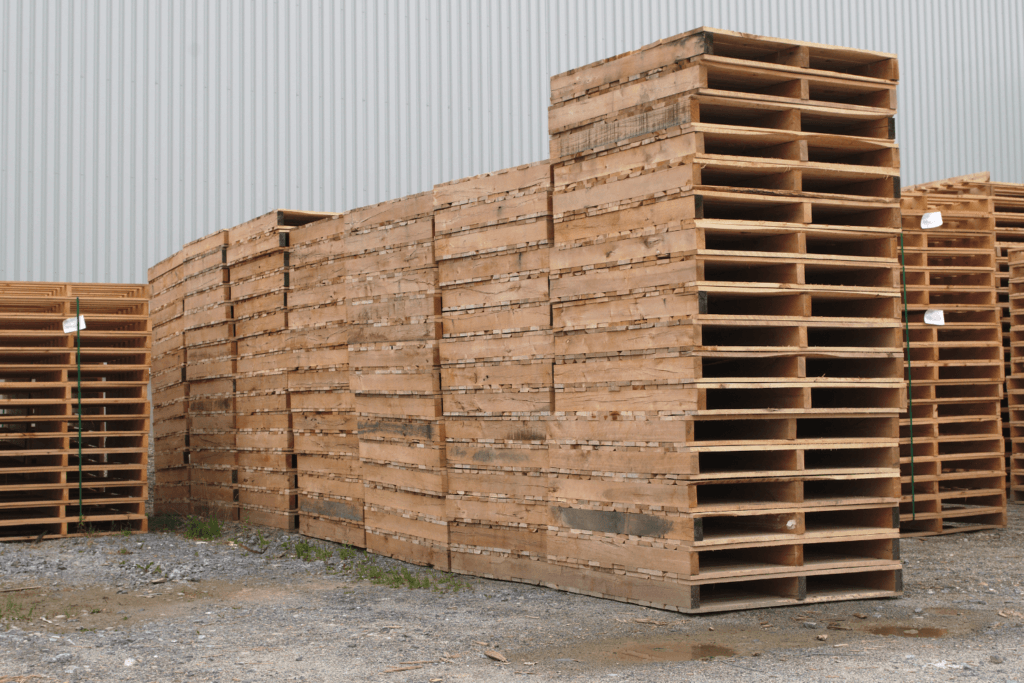
8. Verify That Pallets Have Proper Documentation Including Heat Treatment Certificates If Required
Proper documentation is a critical part of the pallet audit if you ship internationally or follow industry standards.
Many regions require heat treatment to prevent pest infestations, and pallets should be stamped or come with certificates that verify this treatment.
This step might include checking for certifications or working with suppliers to obtain missing documentation.
9. Record All Findings and Take Photos If Necessary
Documentation should include notes on each pallet’s condition, any damage observed, and supporting photos if necessary.
This creates a thorough record that can be referenced in future audits, allowing you to track changes and improvements over time.
Accurate records also enable quick follow-ups, making it easier to address issues with particular pallets or batches and improving traceability in the event of a recall or compliance check.
10. Review the Audit Findings to Identify Patterns or Recurring Issues
Reviewing the overall pallet audit results can help identify patterns or recurring issues.
It can guide decision-making, such as adjusting handling practices, improving storage conditions, or working with suppliers to address quality concerns.
For example, if several pallets show similar types of damage or if certain pallets consistently fail to meet standards, these patterns can signal broader operational issues.
Identifying patterns supports proactive measures that improve safety and reliability across the pallet pool.
11. Prepare a Detailed Report Summarizing the Audit Results
The report should outline the scope and objectives, document the condition and compliance status of pallets, and highlight any recurring issues.
You can also include specific recommendations so that the report can serve as a blueprint for improvements.
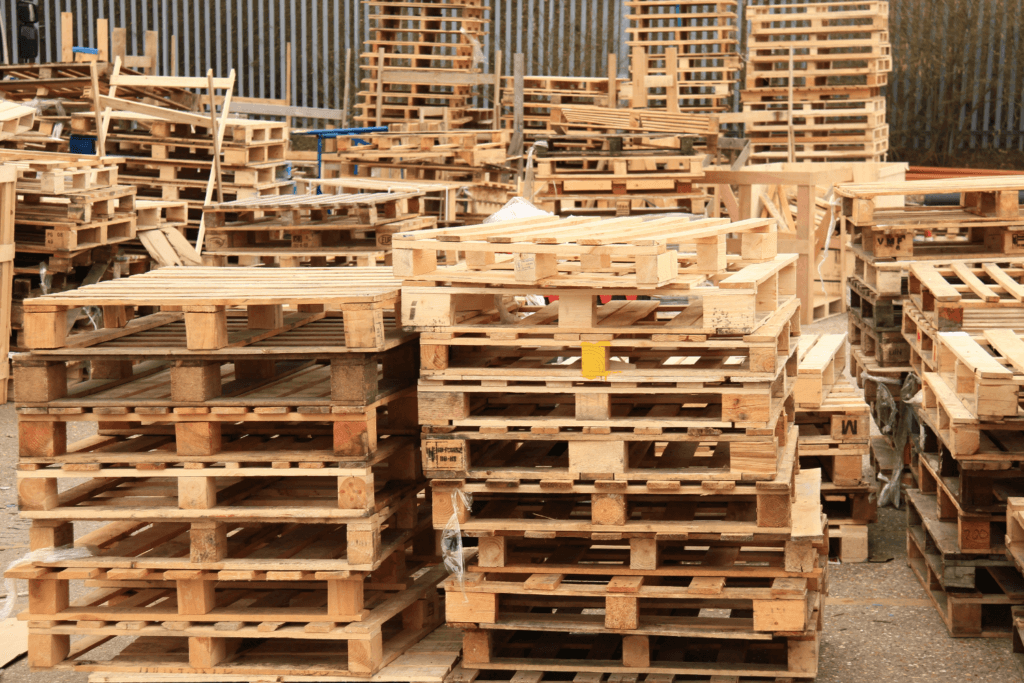
12. Implement Necessary Improvements to Enhance Pallet Safety and Longevity Based on the Audit Findings
This may involve repairing or replacing damaged pallets, training staff on better handling practices, or working with suppliers to ensure pallet quality meets standards.
Regular pallet audits followed by tangible improvements create a cycle of continuous improvement, ensuring a high standard of pallet safety, compliance, and performance over time.
Conclusion
Pallets endure the stresses of stacking, lifting, and moving, and improper handling can shorten their lifespan significantly.
During a pallet audit, you can identify practices that may be damaging them, such as incorrect stacking methods or excessive forklift impact.
The findings can lead to the implementation of better handling guidelines and training for staff, which can extend pallet life and reduce repair or replacement expenses.
If you need logistics assistance, especially involving pallets, learn more about our pallet solutions here.
Chesapeake Pallets has been helping companies across the United States level up their logistics, one pallet at a time.
For inquiries, email info@chesapeakepallets.com or request a quote below!

